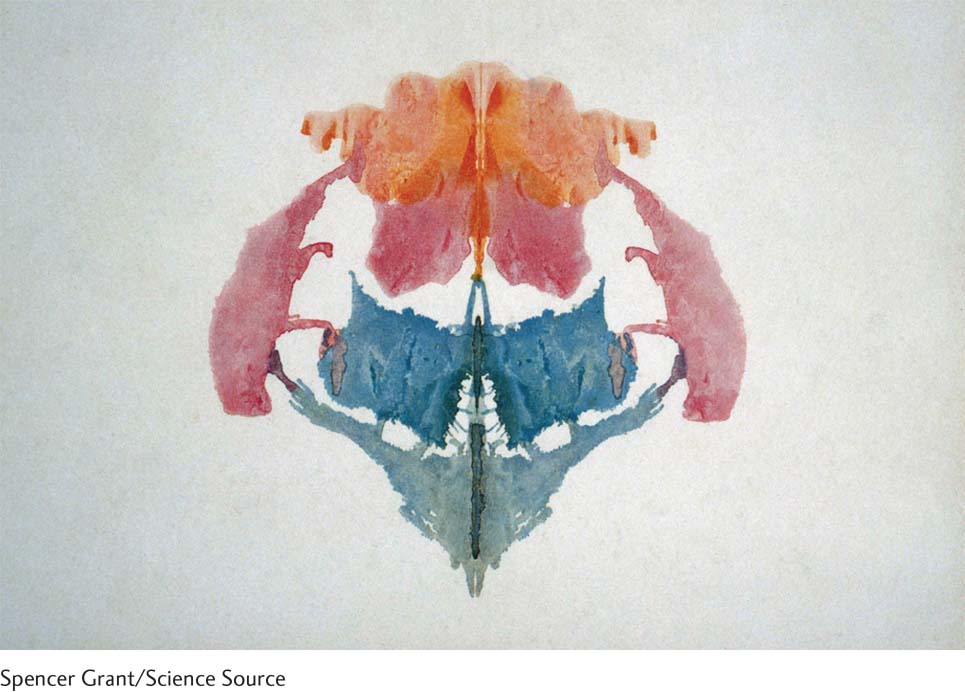1.3 Variables and Research
7
A level is a discrete value or condition that a variable can take on.
A major aim of research is to understand the relations among variables with many different values. It is helpful to remember that variables vary. For example, when studying a discrete nominal variable such as gender, we refer to gender as the variable because it can vary—
Independent, Dependent, and Confounding Variables
An independent variable has at least two levels that we either manipulate or observe to determine its effects on the dependent variable.
The three types of variables that we consider in research are independent, dependent, and confounding. Two of these, independent variables and dependent variables, are necessary for good research. But the third type, a confounding variable, is the enemy of good research. We usually conduct research to determine if one or more independent variables predict a dependent variable. An independent variable has at least two levels that we either manipulate or observe to determine its effects on the dependent variable. For example, if we are studying whether gender predicts one’s attitude about politics, then the independent variable is gender.
A dependent variable is the outcome variable that we hypothesize to be related to or caused by changes in the independent variable.
MASTERING THE CONCEPT
1-

The dependent variable is the outcome variable that we hypothesize to be related to or caused by changes in the independent variable. For example, we hypothesize that the dependent variable (attitudes about politics) depends on the independent variable (gender). If in doubt as to which is the independent variable and which is the dependent variable, ask yourself which one depends on the other; that one is the dependent variable.
A confounding variable is any variable that systematically varies with the independent variable so that we cannot logically determine which variable is at work; also called a confound.
By contrast, a confounding variable is any variable that systematically varies with the independent variable so that we cannot logically determine which variable is at work. So how do we decide which is the independent variable and which might be a confounding variable (also called a confound)? Well, it all comes down to what you decide to study. Let’s use an example. Suppose you want to lose weight, so you start using a diet drug and begin exercising at the same time. The drug and the exercising are confounded because you cannot logically tell which one is responsible for any weight loss. If we hypothesize that a particular diet drug leads to weight loss, then whether someone uses the diet drug becomes the independent variable, and exercise becomes the potentially confounding variable that we would try to control. On the other hand, if we hypothesize that exercise leads to weight loss, then whether someone exercises or not becomes the independent variable and whether that person uses diet drugs along with it becomes the potentially confounding variable that we would try to control. In both of these cases, the dependent variable would be weight loss. But the researcher has to make some decisions about which variables to treat as independent variables, which variables must be controlled, and which variables to treat as dependent. You, the experimenter, are in control of the experiment.
Reliability and Validity
8
You probably have a lot of experience in assessing variables—
How good is this quiz? One of the authors took the quiz—
Reliability refers to the consistency of a measure.
A reliable measure is consistent. If you were to weigh yourself on your bathroom scale now, and then again in an hour, you would expect your weight to be almost exactly the same. If your weight, as shown on the scale, remains the same when you haven’t done anything to change it, then your bathroom scale is reliable. As for the Dogster Breed Quiz, the bulldog author took it twice and was a bulldog the second time as well, one indication of reliability.

Validity refers to the extent to which a test actually measures what it was intended to measure.
But a reliable measure is not necessarily a valid measure. A valid measure is one that measures what it was intended to measure. Your bathroom scale could be incorrect but consistently incorrect—
And the Dogster Breed Quiz? It’s probably not an accurate measure of personality. The quiz, for example, lists an unlikely mix of celebrities, with seemingly different personalities, as bulldogs—
A measure with poor reliability cannot have high validity. It is not possible to measure what we intend to measure when the test itself produces varying results. The well-
MASTERING THE CONCEPT
1-
9
CHECK YOUR LEARNING
| Reviewing the Concepts |
|
|
| Clarifying the Concepts | 1- |
The ___________ variable predicts the ___________ variable. |
| Calculating the Statistics | 1- |
A researcher examines the effects of two variables on memory. One variable is beverage (caffeine or no caffeine) and the other variable is the subject to be remembered (numbers, word lists, aspects of a story).
|
| Applying the Concepts | 1- |
Kiho Kim and Stevia Morawski (2012) studied 360 students in a university cafeteria, measuring how much food students wasted. The researchers compared waste among students when trays were available to waste among students when trays were not available. They found that students wasted 32% less food when trays were not available.
|
Solutions to these Check Your Learning questions can be found in Appendix D.